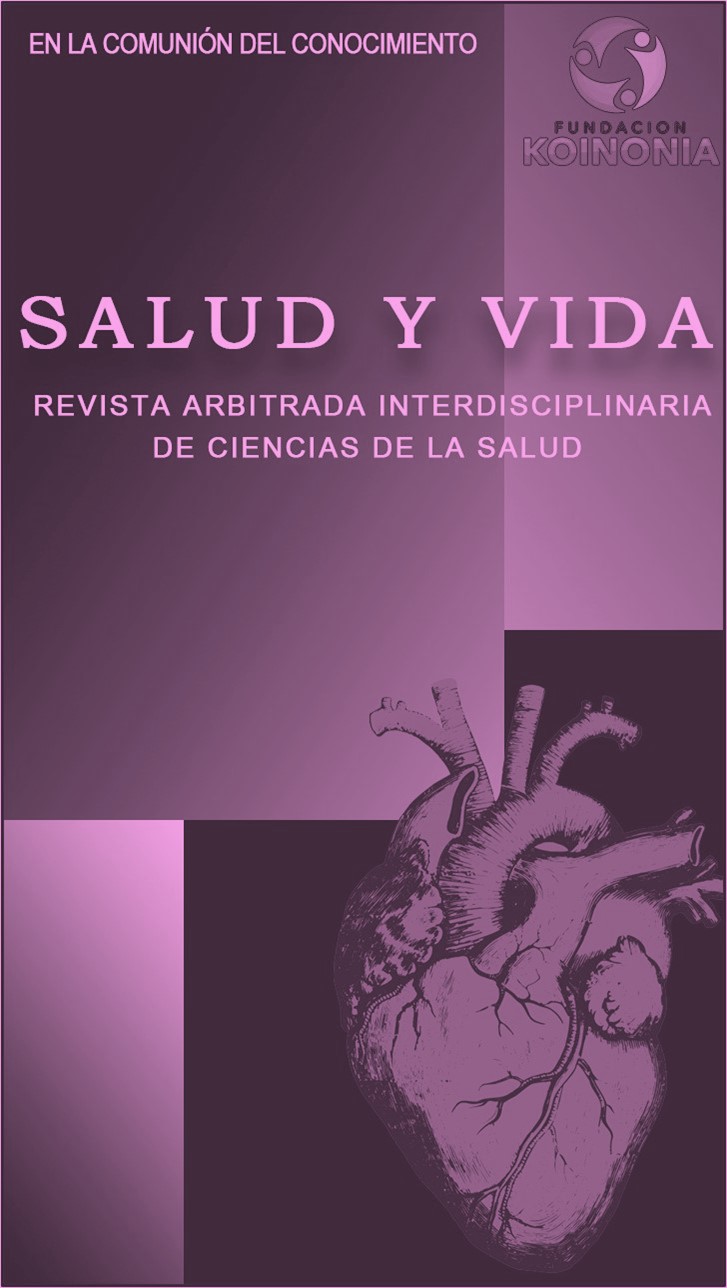Explorando las regiones cerebrales implicadas en la meditación Zazen
DOI:
https://doi.org/10.35381/s.v.v8i2.4134Palabras clave:
Meditación, neurociencia, regulación emocional, (Fuente: DeCS)Resumen
Objetivo: Explorar las regiones cerebrales implicadas en la meditación Zazen. Método: Descriptivo documental. Resultados: La corteza insular, involucrada en la conciencia del cuerpo y las emociones, se correlacionó con una mayor conciencia y regulación emocional, lo que subraya su papel en la percepción y modulación de las emociones. Conclusión: La práctica de la meditación Zazen emerge como una herramienta poderosa para la regulación emocional y la modulación de las funciones cerebrales, con un impacto significativo en el bienestar psicológico y autonómico. La evidencia sugiere que Zazen no solo facilita un control emocional más efectivo y una mayor resiliencia al estrés, sino que también promueve una mayor conciencia corporal y una reducción de la rumiación mental, elementos clave para el tratamiento de trastornos emocionales.
Descargas
Citas
Taniguchi K, Nishikawa A. Earable ZEN: Development of an Earphone-Type Zazen Support Wearable System. J Healthc Eng. 2018;2018:1838563. http://dx.doi.org/10.1155/2018/1838563
Pokorski M, Suchorzynska A. Psychobehavioral Effects of Meditation. Adv Exp Med Biol. 2018;1023:85-91. http://dx.doi.org/10.1007/5584_2017_52
Faber PL, Lehmann D, Gianotti LR, et al. Zazen meditation and no-task resting EEG compared with LORETA intracortical source localization. Cogn Process. 2015;16(1):87-96. http://dx.doi.org/10.1007/s10339-014-0637-x
Pagnoni G. The contemplative exercise through the lenses of predictive processing: A promising approach. Prog Brain Res. 2019;244:299-322. http://dx.doi.org/10.1016/bs.pbr.2018.10.022
Young JH, Arterberry ME, Martin JP. Contrasting Electroencephalography-Derived Entropy and Neural Oscillations With Highly Skilled Meditators. Front Hum Neurosci. 2021;15:628417. http://dx.doi.org/10.3389/fnhum.2021.628417
Huppertz M. Die Bedeutung des Zen-Buddhismus für die Dialektisch-behaviorale Therapie [The relevance of zen-buddhism for dialectic-behavioral therapy]. Psychother Psychosom Med Psychol. 2003;53(9-10):376-383. http://dx.doi.org/10.1055/s-2003-42174
Bogart G. The use of meditation in psychotherapy: a review of the literature. Am J Psychother. 1991;45(3):383-412. http://dx.doi.org/10.1176/appi.psychotherapy.1991.45.3.383
Thomson RF. Zazen and psychotherapeutic presence. Am J Psychother. 2000;54(4):531-548. http://dx.doi.org/10.1176/appi.psychotherapy.2000.54.4.531
Sakakibara M. Evaluation of Heart Rate Variability and Application of Heart Rate Variability Biofeedback: Toward Further Research on Slow-Paced Abdominal Breathing in Zen Meditation. Appl Psychophysiol Biofeedback. 2022;47(4):345-356. http://dx.doi.org/10.1007/s10484-022-09546-2
Peressutti C, Martín-González JM, M García-Manso J, Mesa D. Heart rate dynamics in different levels of Zen meditation. Int J Cardiol. 2010;145(1):142-146. http://dx.doi.org/10.1016/j.ijcard.2009.06.058
Fiorentini A, Ora J, Tubani L. Autonomic system modification in Zen practitioners. Indian J Med Sci. 2013;67(7-8):161-167.
Kasamatsu A, Hirai T. An electroencephalographic study on the zen meditation (Zazen). Folia Psychiatr Neurol Jpn. 1966;20(4):315-336. http://dx.doi.org/10.1111/j.1440-1819.1966.tb02646.x
Fischer R. Transformations of consciousness. A cartography, II. The perception-meditation continuum. Confin Psychiatr. 1976;19(1):1-23.
Cooper P. Zen meditation, reverie, and psychoanalytic listening. Psychoanal Rev. 2014;101(6):795-813. http://dx.doi.org/10.1521/prev.2014.101.6.795
Gillani NB, Smith JC. Zen meditation and ABC relaxation theory: an exploration of relaxation states, beliefs, dispositions, and motivations. J Clin Psychol. 2001;57(6):839-846. http://dx.doi.org/10.1002/jclp.1053
Publicado
Cómo citar
Número
Sección
Licencia
Derechos de autor 2024 Dayana Mishell Jácome-Chiluisa, Leonela Maribel Jiménez-Fajardo, Vicente Daniel Robalino-Masabanda, Freddy Omar López-Villa

Esta obra está bajo una licencia internacional Creative Commons Atribución-NoComercial-CompartirIgual 4.0.
CC BY-NC-SA : Esta licencia permite a los reutilizadores distribuir, remezclar, adaptar y construir sobre el material en cualquier medio o formato solo con fines no comerciales, y solo siempre y cuando se dé la atribución al creador. Si remezcla, adapta o construye sobre el material, debe licenciar el material modificado bajo términos idénticos.
OAI-PMH: https://fundacionkoinonia.com.ve/ojs/index.php/saludyvida/oai.









